What is the tolerance range of precision screws?
What is the tolerance range of precision screws?
Service Hotline
+86760-8787 8587We have more than ten years of production experience in the screw industry, the main products are: outer tongue stop gasket, top implosion screw, top explosion expansion bolt, round head screw nut, a-type flat key pin, copper flat washer, countersunk head cross bolt , Household countersunk head dome head screws and nuts, pointed top wire machine bolts, all kinds of square nuts, ring hanging bolts, screw cap bolts, hex bolts and screws, precision anti-loose round nuts, DIN798 screws and other fasteners, due to the product The materials and specifications are different, and the prices are also different. Please contact us if you need it.


Electrical contact element is a kind of low-voltage electrical products and household electrical products widely used in switches, relays, thermostats, circuit breakers, contactors, controllers, timers, etc. There are mainly three types of electrical contact elements. 1. Riveting parts , riveting the rivet on the copper piece; 2. Welding piece, welding the sheet contact on the copper piece; 3. Stamping piece, punching the composite tape into components. Existing rivet contacts on the market at present are usually all made of precious metals, such as a simple metal matrix such as gold or silver. Its electrical contact performance is limited by a single metal material, and its electrical contact performance is poor; and due to certain requirements for metal purity in production, production efficiency is low, and production costs are high, resulting in the production of products that cannot be sold on a large scale in the market. and application.
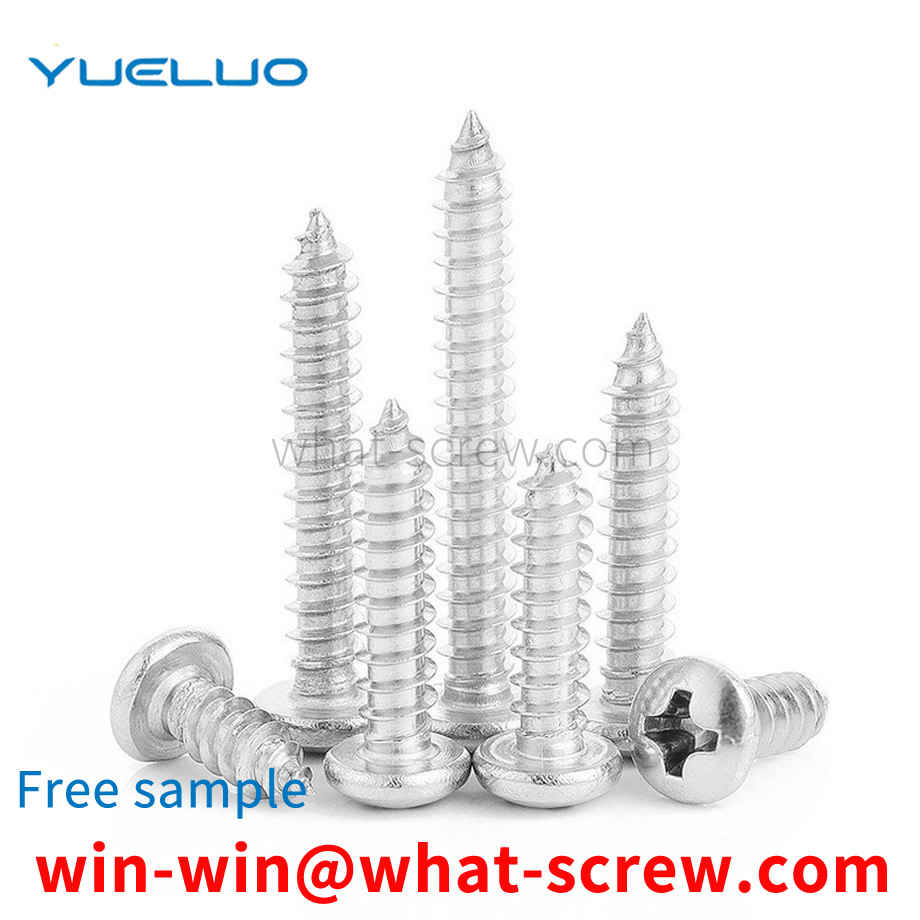
In the riveting operation, the rivet used is composed of a mandrel and a deformed collar. When in use, a through hole is drilled on the two components to be connected, and then the head of the rivet is passed through the through hole and clamped by a rivet. The tail of the rivet will break the rivet, the head of the rivet and the deformed collar remain in the through hole, and the whole riveting process is completed. The existing pull rivets have the following shortcomings: first, the parts where the pull rivet and the two components are connected cannot be completely and tightly fitted, which meets the requirements of non-sealing for parts that have waterproof and leak-proof requirements; second, the existing pull rivets The separation groove of the rivet mandrel is close to its head. When the mandrel is broken by the rivet during the riveting process, basically only the head of the mandrel remains in the deformation collar, and the connection of the two components depends on the deformation of the collar. Under the action of compressive stress, the inside of the deformed collar becomes hollow due to the breaking of the mandrel, and cannot bear large shear stress.
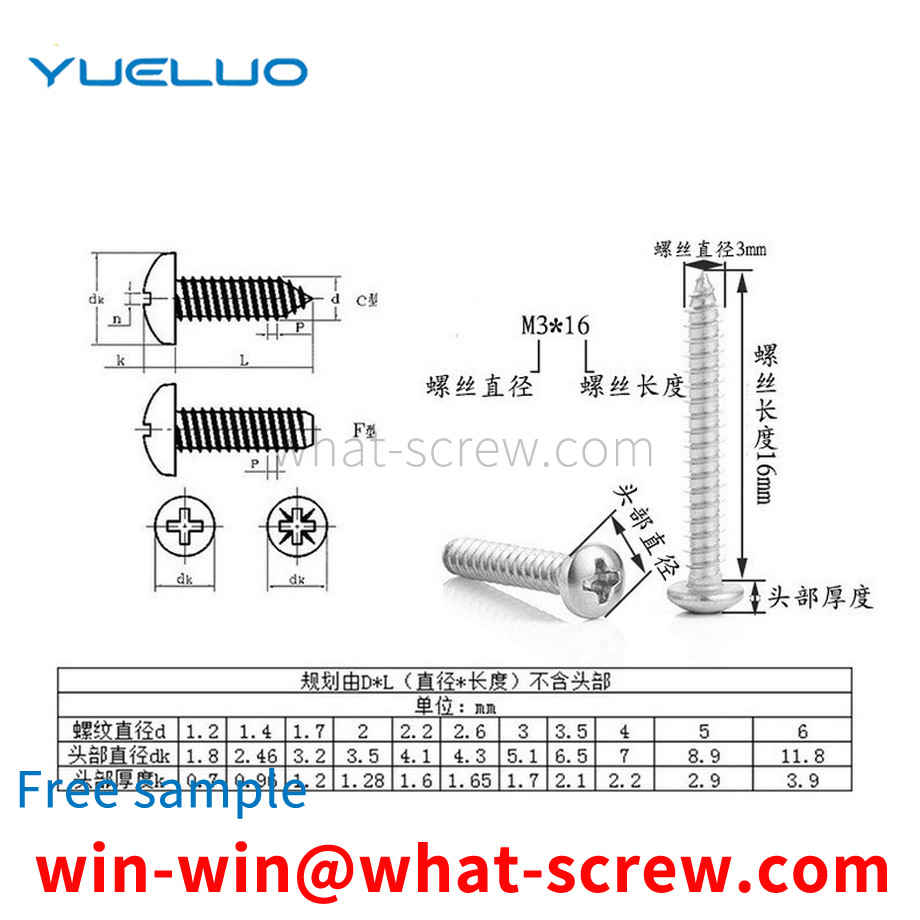
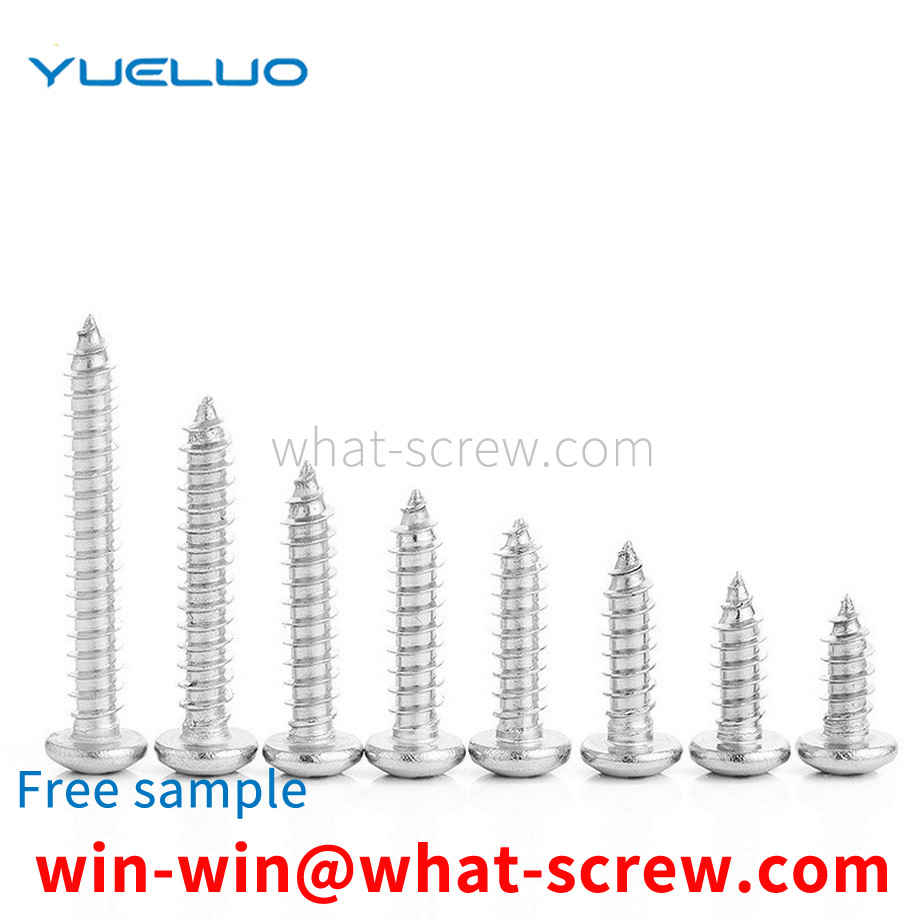
Anchor bolts are also known as stiffened anchor plate anchor bolts, welded anchor bolts, anchor claw anchor bolts, rib plate anchor bolts, anchor bolts, anchor screws, anchor wires, etc. It is specially designed to be buried in the concrete foundation and used as the base for fixing various machines and equipment. Figure 7 anchor bolts are the most commonly used anchor bolts. It is generally made of Q235 steel, with high strength using Q345B or 16Mn material, and also using 40Cr material to process 8.8-strength products, and occasionally using secondary or tertiary rebar. Anchor bolts are divided into wool, thick rod and thin rod. The wool material is the raw material steel, which is directly processed from round steel or wire without modification; thick rods or called A-type, thin rods or B-type, are processed from steel modified into the corresponding required rod diameter. Welded anchor bolts are made of single-headed bolts welded with stiffened iron plates. Its anti-pulling ability is strong. According to the different conditions of use, it can reach 3.6, 4.8, 6.8, 8.8 and other grades respectively. The tensile capacity of 3.6 grade 7-shaped anchor bolts is the tensile capacity of the steel itself. The tensile strength of anchor bolts directly processed from Q345B or 16Mn raw materials can reach a tensile strength of 5.8. The tensile strength of grades 4.8, 5.8, 6.8 and 8.8 refer to the provisions on mechanical properties in GB/T3098.1.
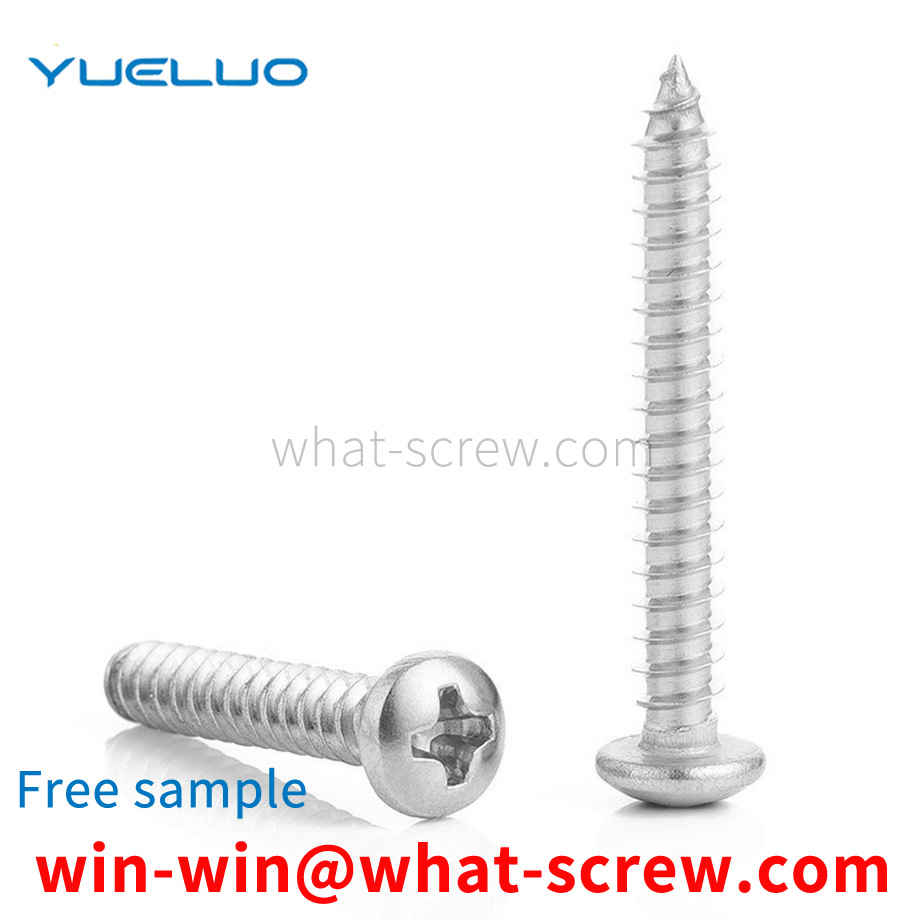
There are two types of bolt detection: manual and machine. Manual is the most primitive and the most commonly used consistent detection method. In order to minimize the outflow of defective products, general production enterprise personnel inspect the packaged or shipped products by visual means to exclude defective products (defects include tooth damage, mixed materials, rust, etc.). [2] Another way is automatic machine inspection, mainly magnetic particle inspection. Magnetic particle inspection is to use the interaction between the leakage magnetic field at the defect of the bolt and the magnetic powder, aiming at the difference between the magnetic permeability of the bolts (such as cracks, slag inclusions, mixed materials, etc.) and the magnetic permeability of steel, these materials are discontinuous after magnetization. The magnetic field at the place will be turbulent, and a leakage magnetic field will be generated on the surface of the workpiece where part of the magnetic flux leaks, thereby attracting the magnetic powder to form the magnetic powder accumulation at the defect—magnetic traces. The accumulation of these magnetic powders is observed and explained, and the purpose of rejecting defective products has been achieved.
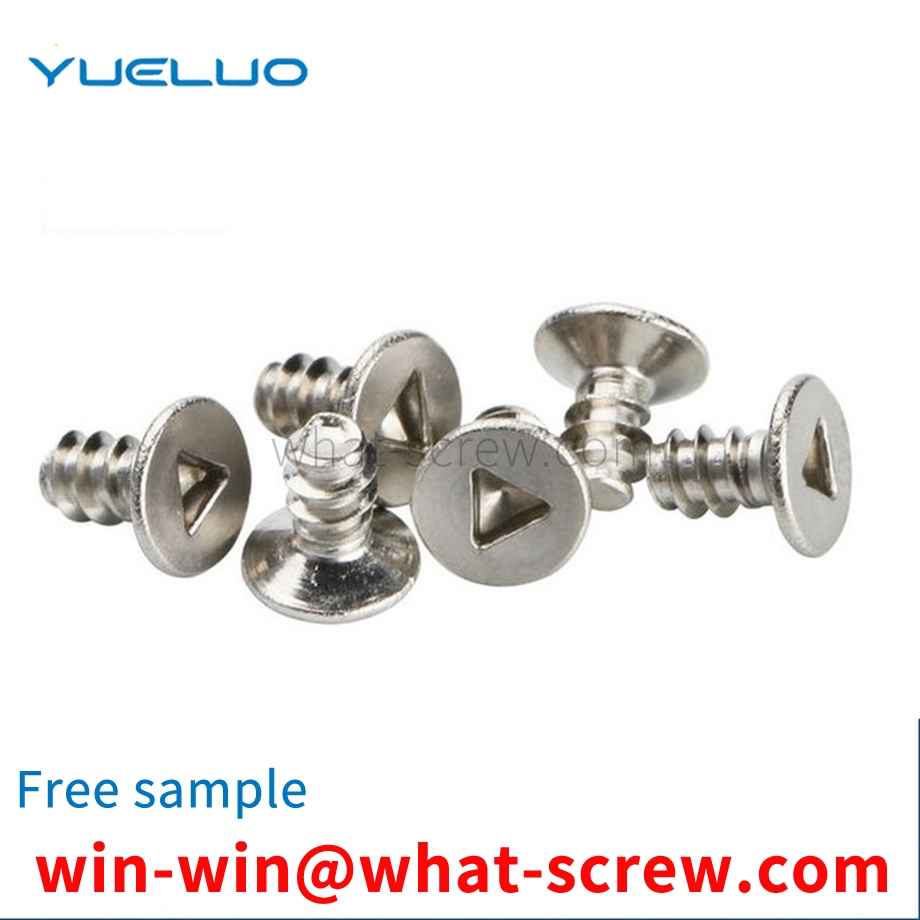
The above content is uploaded by Yueluo or the Internet. If there is any copyright issue, please contact [email protected].

What is the tolerance range of precision screws?

How to choose the right stainless steel screw manufacturer?

Why is there an R angle under the head of the hexagon head s...

We have more than ten years of production experience in the ...

We have more than ten years of experience in the production ...

We have more than ten years of experience in the production ...

We have more than ten years of experience in screw industry ...